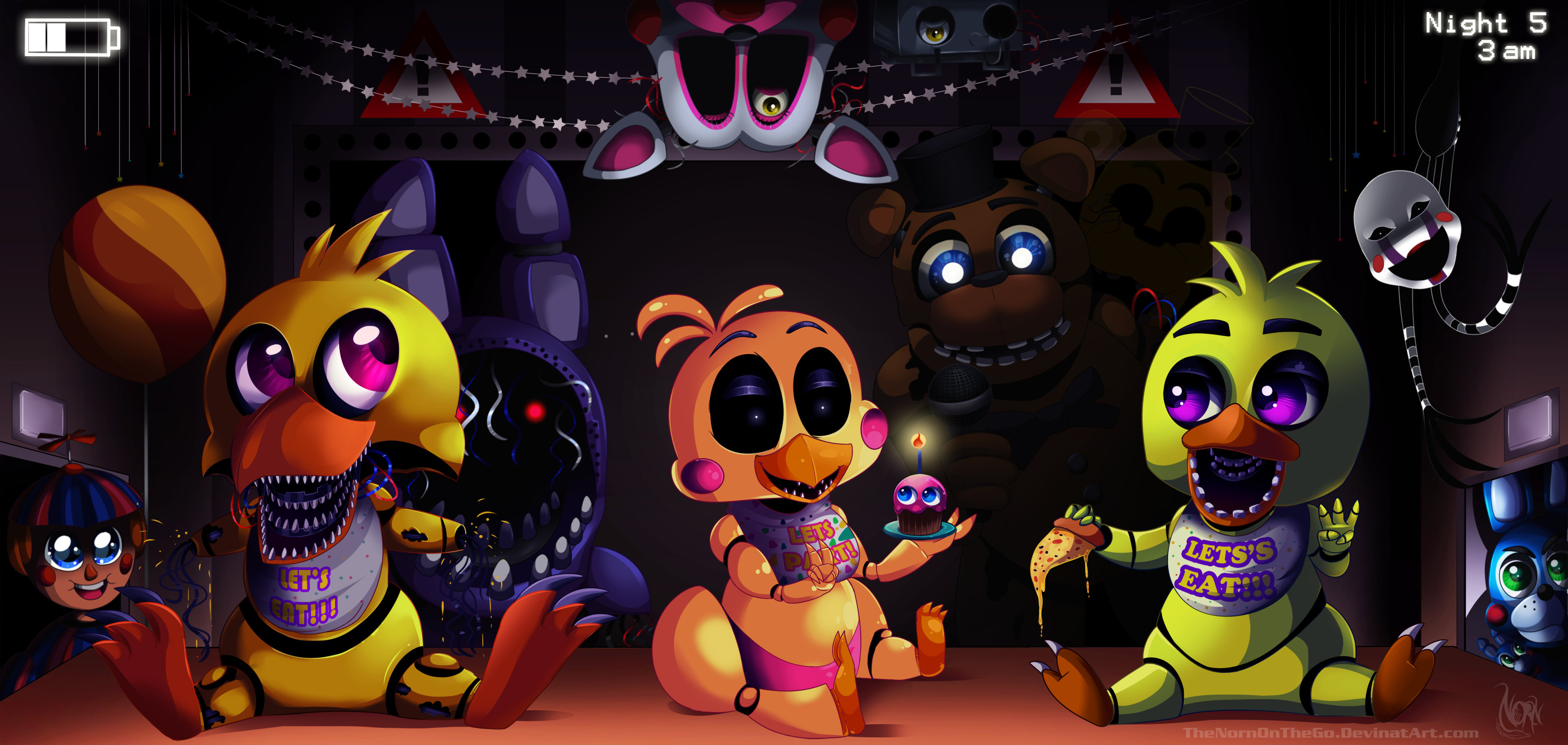In the particular realm of indie horror games, very few titles have still left as indelible a mark as Martin Cawthon's Five Times at Freddy's (FNAF). As its initial launch in 2014, FNAF has changed into a cultural sensation, captivating gamers with its unique mixture of suspense, storytelling, and innovative game play mechanics. This website post delves directly into the evolution in addition to impact of FNAF on gaming traditions.
The Birthday of FNAF:
Scott Cawthon, a relatively unknown developer at the period, surprised the video gaming community together with the release of Five Nights at Freddy's that kicks off in august 2014. The game's premise was deceptively simple – players take on the particular role of some sort of night security officer at Freddy Fazbear's Pizza, a seemingly innocent family diner. However, the animatronic characters that amuse during the working day become malevolent from night, setting the stage for the tight and terrifying experience.
Gameplay Mechanics:
FNAF introduced a new viewpoint on horror gaming by minimizing classic mechanics for example immediate confrontation and fight. Instead, players need to use surveillance digital cameras, limited power, and strategic door and even light controls to survive the night. This specific unique approach certainly not only heightened the suspense but likewise influenced subsequent scary game developers, inspiring a wave involving indie titles that will emphasized atmosphere and even tension over classic action elements.

Storytelling and Lore:
One of FNAF's going through strengths lies in their intricate lore in addition to storytelling. Cawthon smartly weaved a story through cryptic text messages, newspaper clippings, plus hidden Easter ova within the video games. This storytelling approach not only employed players but in addition fueled a fervent enthusiast community eager to disentangle the mysteries associated with Freddy Fazbear's entire world. The lore's depth has even brought to fan theories, online discussions, and a sense of local community that extends beyond the game by itself.
Cultural Impact:
Five Nights at Freddy's has transcended the particular confines of the particular gaming world, leaving an indelible draw on popular culture. The franchise has spawned numerous sequels, merchandise, as well as some sort of film adaptation within development. FNAF's iconic characters, such as Freddy Fazbear and even Bonnie, have turn into recognizable symbols within the broader amusement landscape.
Community Diamond:
A testament to FNAF's enduring recognition is its engaged and passionate fanbase. From fnaf games -created content and artwork to fan games and animations, the FNAF community continues to actively contribute to the franchise's longevity. Scott Cawthon's responsiveness to fan feedback and engagement in the community has further strengthened the bond among creator and supporter.
Five Nights with Freddy's stands because a display of the electric power of indie video gaming in shaping and even influencing the broader landscape. With their innovative gameplay aspects, gripping storytelling, in addition to dedicated community, FNAF have not only kept an indelible mark on horror gambling but has furthermore become an ethnical phenomenon that is constantly on the captivate audiences around the world. As the business evolves and typically the upcoming film variation generates anticipation, the particular legacy of Five Evenings at Freddy's within gaming history remains to be firmly secured.
